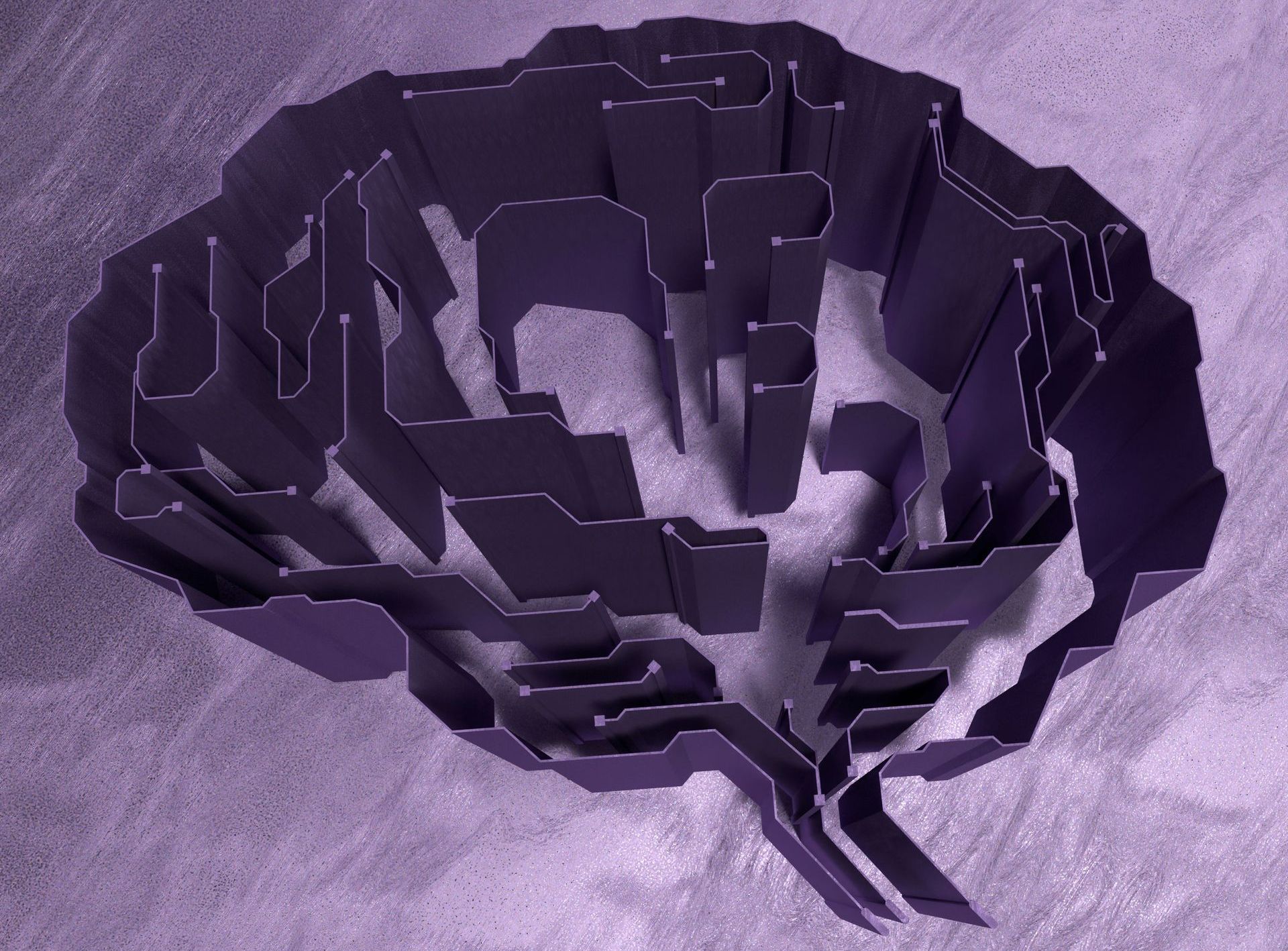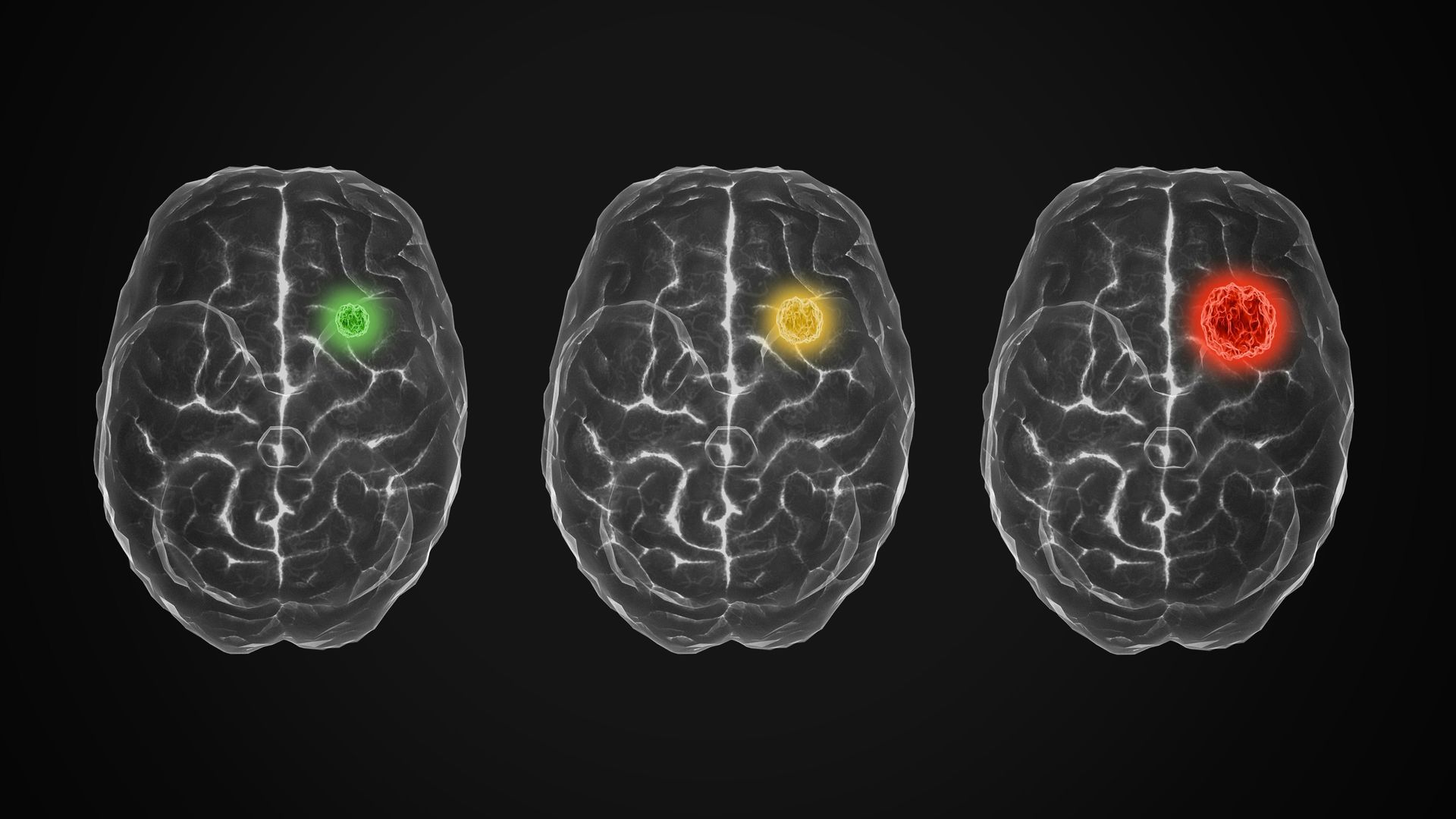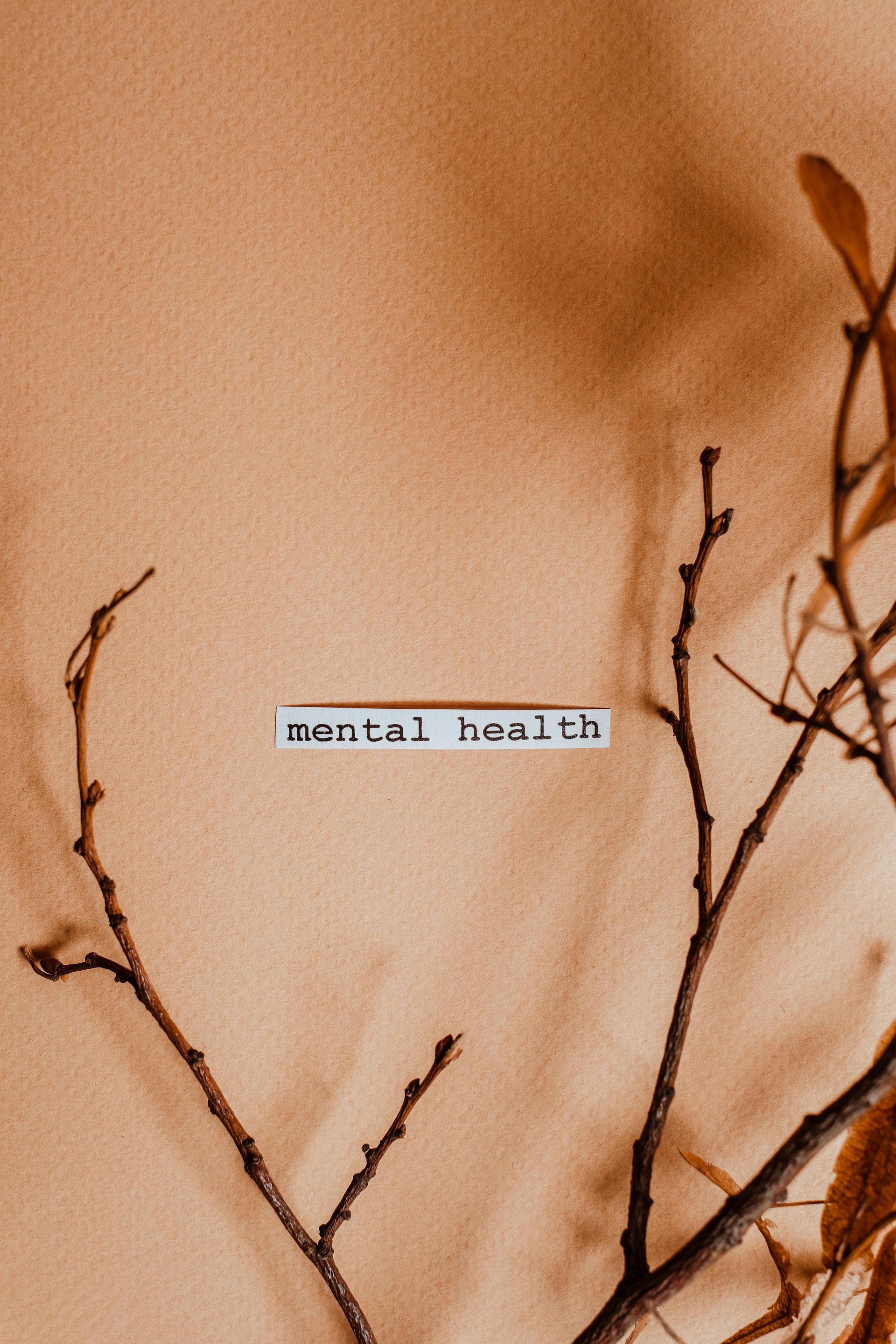BloBllkjlkjogPost Title
The Thinking Trap That Keeps You Stuck in Pain
Have you ever noticed how your mind can get stuck going over the same worried thoughts again and again? Maybe you keep thinking about something embarrassing you did, or you worry about bad things that might happen in the future. When your mind gets caught in these loops, it can make you feel awful – anxious, sad, or even physically sick.
This thinking trap is something that happens to all of us. But for people who have gone through hard or scary experiences, especially in childhood, these thought loops can be extra sticky and painful. The good news is that there are ways to get unstuck, and at Live Consciously, we help people learn these skills every day.

How Your Mind Creates Suffering
Did you know that your brain produces about 60,000 thoughts per day? That's a lot of thoughts! Most of them happen automatically – you don't choose to think them, they just appear. And many of these automatic thoughts can be negative or scary, especially if you've had tough experiences in the past.
Here's what happens: Your brain is always trying to keep you safe. If you've been hurt before, your brain wants to make sure it doesn't happen again. So it keeps sending you warning thoughts like "be careful" or "that person might hurt you" or "you're going to fail." Your brain thinks it's helping, but these constant warnings can make you feel terrible.
It's like having a very loud alarm system in your house that goes off not just when there's a real burglar, but also when a leaf blows by the window or when your cat walks through the room. That's not very helpful, right? In fact, it would be exhausting and stressful to live with an alarm like that.
The Body Connection: How Thoughts Create Physical Pain
When your mind gets caught in a thinking trap, your body notices. Thoughts and feelings aren't just in your head – they show up in your body too (van der Kolk, 2014). This is something we focus on a lot in somatic experiencing, which is one of the therapy approaches we use at Live Consciously.
When you have worried or scared thoughts, your body might:
- Get tense muscles, especially in your shoulders, jaw, or stomach
- Have a racing heart
- Feel butterflies or knots in your stomach
- Get headaches
- Feel tired all the time
- Have trouble sleeping
Many people don't realize these physical problems can come from being stuck in thinking traps. They might go to doctors looking for help with stomach problems or headaches, not knowing that their worried thoughts are causing these issues.
Understanding this mind-body connection is a key part of mind-body integration work. When you learn to notice how thoughts affect your body, you gain more control over both.

Common Thinking Traps
There are several common thinking traps that can keep you stuck in pain:
The Time Machine Trap: Spending a lot of time thinking about painful things from the past, replaying them over and over. This can make you feel sad, ashamed, or angry.
The Fortune Teller Trap: Trying to predict the future and focusing on all the bad things that might happen. This creates anxiety and fear, even when those bad things aren't actually happening.
The Mind Reader Trap: Thinking you know what other people are thinking about you (and assuming it's negative). This can make you feel judged and unsafe around others.
The Black and White Trap: Seeing things as all good or all bad, with no middle ground. This can make problems seem bigger and more hopeless than they really are.
The Blame Trap: Either blaming yourself for everything that goes wrong (even things you couldn't control) or blaming others for all your problems (which keeps you feeling like a victim).
If you recognize any of these patterns, you're not alone. These traps are common for everyone, but especially for people who have experienced trauma.

How Trauma Makes Thinking Traps Stronger
When someone experiences trauma, especially during childhood, these thinking traps can become super strong. According to polyvagal theory, which helps us understand how stress affects our nervous system, trauma changes how your brain and body respond to everyday situations (Porges, 2011). Research shows that early trauma literally rewires the developing brain's threat detection system (Perry & Szalavitz, 2006).
After trauma, your brain gets really good at spotting danger – so good that it starts seeing danger everywhere, even in safe situations. This keeps your body in a constant state of stress, which makes negative thinking patterns even stronger.
It's like your brain's alarm system gets turned up to maximum volume and can't be turned down. When this happens, you might find yourself:
- Always expecting the worst
- Having a hard time trusting others
- Feeling on edge or jumpy
- Getting overwhelmed by emotions
- Having trouble feeling safe, even in safe places
These experiences aren't your fault, and they don't mean there's something wrong with you. They're normal responses to abnormal events. Your brain is trying to protect you based on what you've been through before.

Breaking Free from Thinking Traps
The good news is that you can learn to break free from these thinking traps, even if you've been stuck in them for years. At Live Consciously, we use several approaches to help with this:
Mindfulness: Watching Your Thoughts Without Getting Caught
Mindfulness is about learning to notice your thoughts without getting swept away by them. It's like standing on the bank of a river, watching the water (your thoughts) flow by, instead of being in the river getting carried away by the current (Hayes et al., 2012).
With practice, you can learn to say, "Oh, there's that worried thought again," without having to believe it or act on it. This skill is part of Acceptance and Commitment Therapy (ACT), which helps you accept difficult thoughts and feelings while still moving toward what matters to you.
Working with Your Nervous System
Remember how we talked about trauma turning up your brain's alarm system? Through nervous system regulation techniques, you can actually turn that alarm down to a more helpful level. These approaches help your body learn that you're safe now.
Some simple regulation techniques include:
- Deep, slow breathing
- Feeling your feet on the ground
- Looking around the room and naming what you see
- Gentle movement like stretching or walking
These simple actions send signals of safety to your brain and help break the cycle of anxious thinking and physical tension.
Healing the Root of Negative Thinking
Many negative thought patterns start in childhood. If you grew up hearing critical messages or feeling unsafe, those experiences shaped your thinking in powerful ways (Perry & Szalavitz, 2006). Inner child work helps heal these early wounds by connecting with and comforting the younger part of you that first learned these negative patterns.
Similarly, Internal Family Systems or parts work helps you understand different "parts" of yourself – like the scared part, the critical part, or the people-pleasing part – and how they're trying to protect you (Schwartz, 1995). When these parts feel heard and understood, they don't need to use extreme strategies like negative thought loops to get your attention.
Processing Trauma That Fuels Negative Thinking
Sometimes, thinking traps are powered by traumatic memories that haven't been properly processed. Approaches like EMDR (Eye Movement Desensitization and Reprocessing) help your brain process these "stuck" memories so they don't continue to fuel negative thoughts and feelings in the present (Shapiro, 2018).
Unlike talk therapy alone, EMDR doesn't require you to talk about traumatic memories in detail. Instead, it helps your brain process these memories in a new way, reducing their emotional charge and their power over your current thinking.
Learning New Emotional Skills
Many of us never learned healthy ways to deal with difficult emotions. Instead of being taught how to handle feelings like anger, sadness, or fear, we were told to "stop crying" or "calm down" without being shown how.
Emotion regulation skills fill in these missing pieces (Ford & Courtois, 2013). You can learn how to:
- Name what you're feeling
- Understand what your emotions are telling you
- Express feelings in healthy ways
- Comfort yourself when you're upset
- Stay present with difficult feelings without being overwhelmed
These skills are like emotional muscles – they get stronger with practice. And as they get stronger, you become less vulnerable to thinking traps.

A Journey of Growth, Not Perfection
Breaking free from thinking traps isn't about never having negative thoughts again. We all have negative thoughts sometimes – that's part of being human. Instead, it's about changing your relationship with those thoughts so they don't control your life or create unnecessary suffering.
With practice and support, you can learn to:
- Notice negative thought patterns earlier
- Take them less seriously
- Return to the present moment more quickly
- Respond to yourself with kindness instead of criticism
- Make choices based on what matters to you, not what your fears tell you
At Live Consciously, we understand the complex relationship between thoughts, emotions, the body, and past experiences. Our trauma-informed approach recognizes that thinking traps aren't just "negative thinking" – they're often adaptive responses to difficult experiences that have outlived their usefulness.
Through a combination of mindfulness, body-based approaches, and trauma healing methods, we help clients develop a new relationship with their thoughts – one that creates space for peace, self-compassion, and meaningful action.
If you find yourself caught in thinking traps that create suffering in your life, remember: these patterns can change. Your thoughts are powerful, but they don't have to control you. With the right support and tools, you can break free from the thinking traps that keep you stuck in pain and move toward a life of greater freedom and joy.
Live Consciously is a trauma-informed therapy practice specializing in holistic healing approaches. Our team combines evidence-based modalities like Somatic Experiencing, Internal Family Systems, EMDR, and ACT to help clients heal and grow. Contact us today to learn more about our services.
References and Further Reading
Ford, J. D., & Courtois, C. A. (Eds.). (2013). Treating complex traumatic stress disorders in children and adolescents: Scientific foundations and therapeutic models. Guilford Press.
Hayes, S. C., Strosahl, K. D., & Wilson, K. G. (2012). Acceptance and commitment therapy: The process and practice of mindful change (2nd ed.). Guilford Press.
Levine, P. A. (2010). In an unspoken voice: How the body releases trauma and restores goodness. North Atlantic Books.
Perry, B. D., & Szalavitz, M. (2006). The boy who was raised as a dog: And other stories from a child psychiatrist's notebook. Basic Books.
Porges, S. W. (2011). The polyvagal theory: Neurophysiological foundations of emotions, attachment, communication, and self-regulation. W. W. Norton & Company.
Schwartz, R. C. (1995). Internal family systems therapy. Guilford Press.
Shapiro, F. (2018). Eye movement desensitization and reprocessing (EMDR) therapy: Basic principles, protocols, and procedures (3rd ed.). Guilford Press.
van der Kolk, B. (2014). The body keeps the score: Brain, mind, and body in the healing of trauma. Viking.







